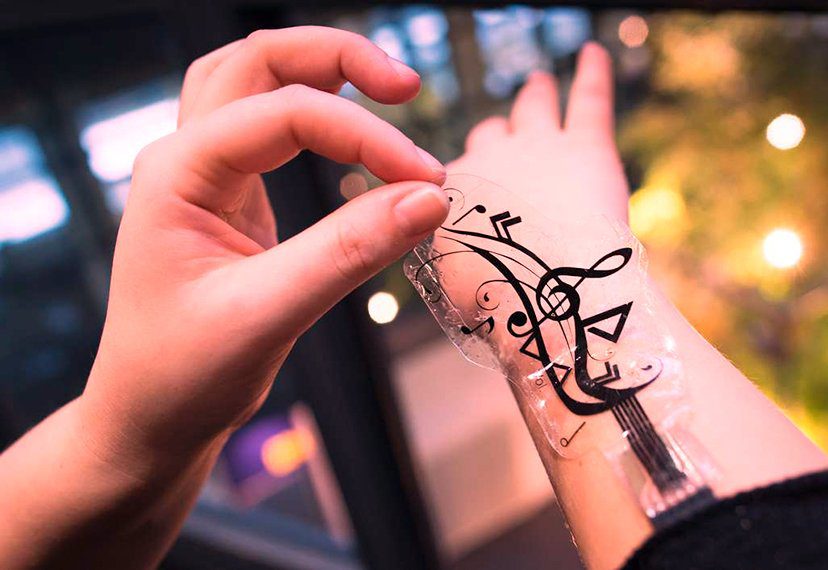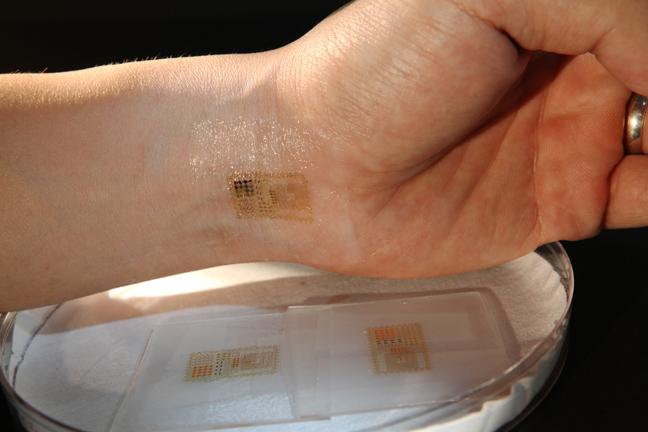
Wearables are starting to become a daily part of life for some. We are mostly aware of devices like Apple Watch, and the rather unsuccessful Google Glass. But now a new wave of wearables is emerging that are worn on the inside rather than the out. Recently Mike Edelhart reported on a variety of new devices that fall into this category. Indeed, Edelhart refers to wearables as a “transition technology”. He explains that:
“Technology will move from existing outside our bodies to residing inside us. That’s the next big frontier.”
While some of these devices might sound futuristic, they are already being developed. Take the implantable smartphone for example. Researchers are looking at ways to transform bone matter into living speakers. Meanwhile other researchers are exploring opportunities to implant into the eyes to help them record images with a simple blink and transfer them to storage close by, such as, to a chip within the arm. And that’s not all. Scientists at Autodesk are already looking at how to display images through skin that is artificial.
Alex Klokus (2015) outlines the concept of iSkin. iSkin is a silicon rubber device that includes lots of pressure sensitive sensors. These can be shaped in countless different ways to work with the body, and are providing the chance for people to be more closely linked to their phones and other devices.
It is not just about mobile though. Healing devices are also being developed and these products link up with smartphone applications with a goal of keeping an eye on disease and coming up with ways to treat it. An example is explained to be a bionic pancreas. This is being experimented with at Boston University in the USA. The pancreas includes a miniature sensor on a needle that can be implanted. This is able to communicate to a smartphone app to measure blood sugar levels – an important innovation for diabetics. There are also devices being developed that work to help obese patients to feel satiated so that they do not continue eating unnecessarily, fighting a curse that is afflicting the western world. Sticking with health, implantable devices are also being developed that can provide feedback to doctors. One application of this is a tablet that can see if medicines are being taken correctly and if they are working in the way that the doctor intended. Meanwhile, the Gates Foundation is also helping MIT to develop a contraceptive chip that can stay in the body for 16 years and can be controlled externally by remote control.
Smart Tatoos
Tattoos are controversial, but more value may be added to them if they can also be used for carrying out certain tasks. In Illinois at the university there is work underway to develop an implantable device which is comprised of computer fibres which can help you monitor what’s going on inside. Another organisation, Dangerous Things is developing a chip that is like a tattoo that can help you to unlock things, such as a car.

BrainGate: Linking brains with computers
There are a range of other developments that are already underway. For example, at Brown University steps are being taken to link the brain with computers. The project is called “BrainGate” and it aims to have computers decode the signals that are sent by the brain with a goal of working devices. Such an innovation may even be reality by 2020. Meltable bio-batteries are helping to devise a solution to deal with the problem of powering up any devices that are inside people. These batteries will provide power, transmit it to where it will be used and then will disintegrate. Aside from this smart dust is being developed, and it is anticipated in the future that this could have all kinds of positive implications for tackling cancer, or keeping better control of vital personal information.
Verified Self: A unique identity to every person
Perhaps the ultimate development is the Verified Self. This technology could be leveraged to give a unique ID to every different person. This has a range of potentially positive benefits for the military, for example, tracking where different soldiers are both at home and abroad. It also offers benefits for better handling of crime. However, this particular technology raises a vast array of concerns about privacy. In the end it doesn’t matter if you love it or hate it. This technology is well on its way to reality.

Paula Newton is a business writer, editor and management consultant with extensive experience writing and consulting for both start-ups and long established companies. She has ten years management and leadership experience gained at BSkyB in London and Viva Travel Guides in Quito, Ecuador, giving her a depth of insight into innovation in international business. With an MBA from the University of Hull and many years of experience running her own business consultancy, Paula’s background allows her to connect with a diverse range of clients, including cutting edge technology and web-based start-ups but also multinationals in need of assistance. Paula has played a defining role in shaping organizational strategy for a wide range of different organizations, including for-profit, NGOs and charities. Paula has also served on the Board of Directors for the South American Explorers Club in Quito, Ecuador.











